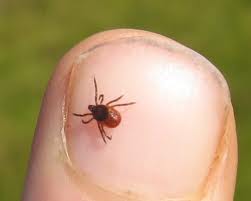 As North American ranges are taken over by coyotes, populations of red foxes are plummeting, and scientists have founding a surprising result: the drop of foxes is increasing the spread of Lyme disease.
As North American ranges are taken over by coyotes, populations of red foxes are plummeting, and scientists have founding a surprising result: the drop of foxes is increasing the spread of Lyme disease.
Recently, the number of cases of Lyme disease has increased enormously. The number of Lyme disease cases between 1997 and 2007 increased by 380% in the state of Minnesota, 280% in Wisconsin and over 1,300% in Virginia. In the past, researchers attributed the increase in Lyme disease to an increase in the population of deer, since deer are hosts to the bacteria that cause the disease that can be transferred through ticks. However, new data shows that the increases were independent from the levels of deer population.
The last three decades have seen large increases of the disease in Midwestern and Northeastern U.S. and have been uncorrelated with the abundance of deer and instead have coincided with the decline of the red fox most likely caused by the increased coyote population.
The disease progresses first by causing itching, fever, chills and headaches for a couple of weeks, then the person infected begins to have pain in their muscles and joints and finally the joint and muscle issues can last for years and cause weakness, abnormal movement and even problems with speech.
